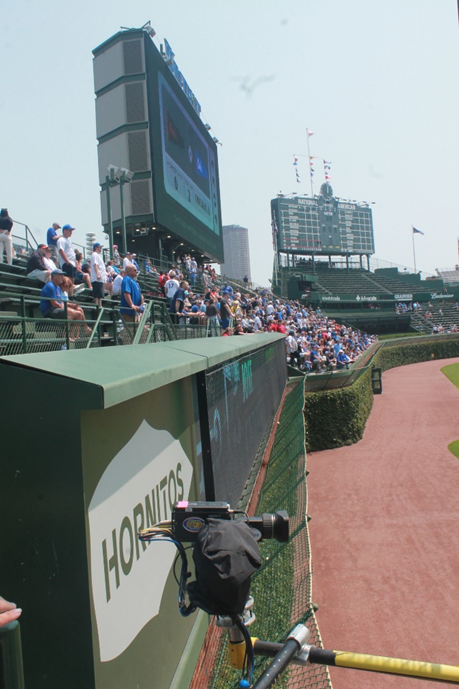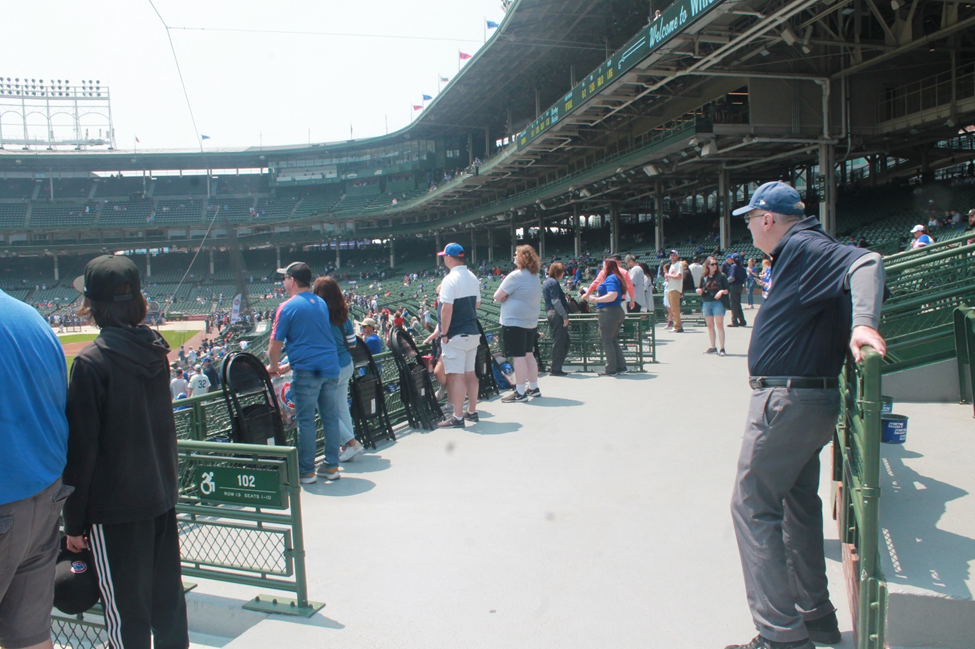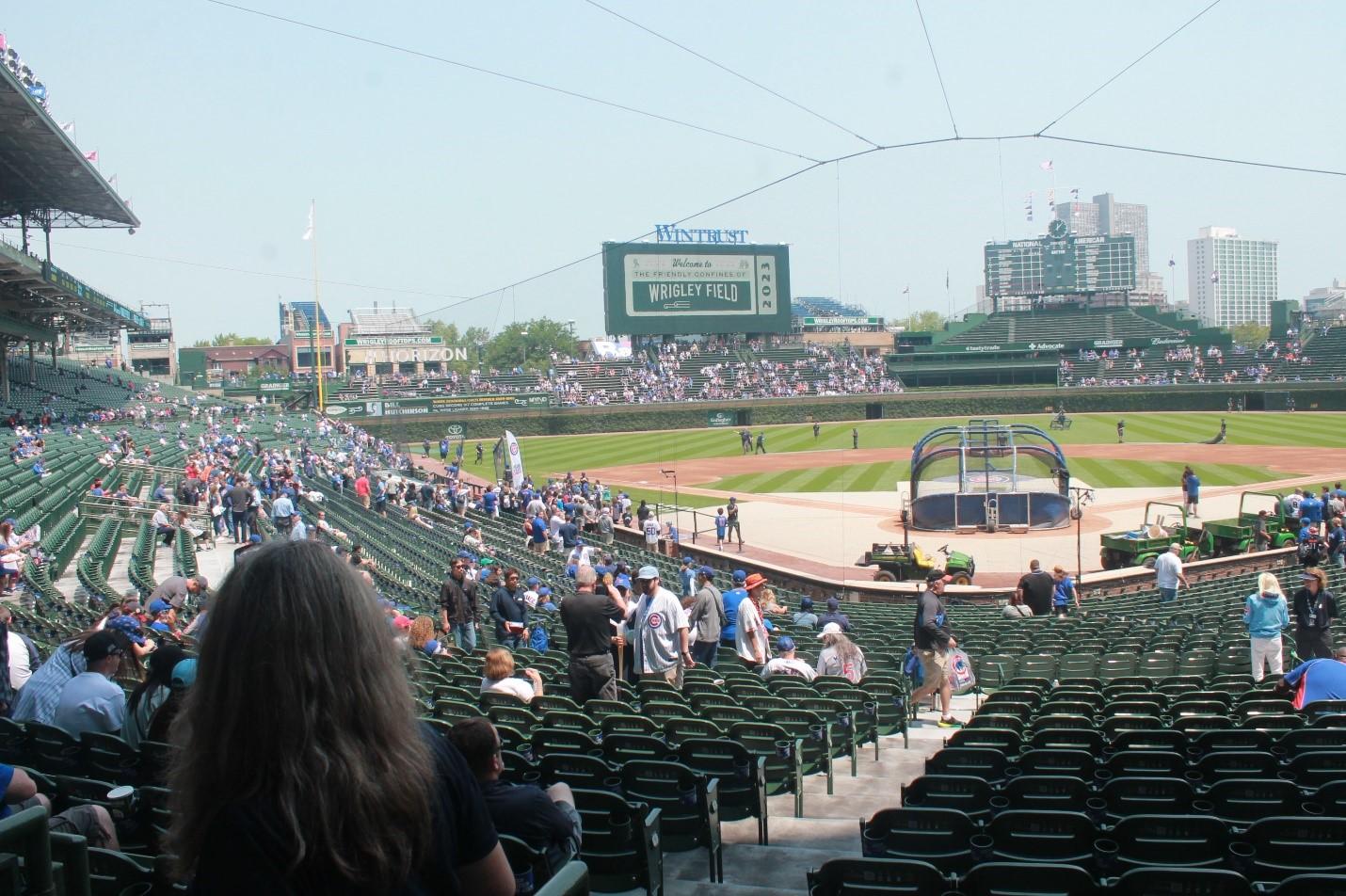Wrigley Field, nestled in the heart of Chicago, is not just a ballpark; it's a living monument to baseball's history, charm, and quirks. One of the most distinctive features of Wrigley Field is its iconic ivy-covered outfield walls. However, in recent times, a peculiar sight has captured the attention of baseball enthusiasts and fans alike—the seemingly lifeless, brown patches of Ivy adorning the once vibrant walls. This article embarks on a journey to uncover the mystery behind the dead Ivy at Wrigley Field.
The Green Tapestry: The Unique Charm of Wrigley's Ivy
For decades, the lush, green Ivy covering the outfield walls of Wrigley Field has been a symbol of baseball nostalgia. Planted in 1937 by then-team owner Philip K. Wrigley, the Boston ivy was intended to add a touch of natural beauty to the ballpark and create a distinctive backdrop for the games. Over the years, the Ivy has become synonymous with Wrigley Field, transforming the stadium into a green oasis amid the urban landscape of Chicago.
The Boston ivy, known for its vibrant green leaves during the baseball season, is a hardy and resilient plant that thrives in the outdoor elements. However, the recent emergence of patches of dead Ivy has left fans puzzled, sparking curiosity about the factors contributing to this unexpected transformation.
Want to learn more about baseball? Then get a copy of Steve Dunn’s "Pug Fireball and Company: 116 Years of Professional Baseball in Des Moines, Iowa" and visit Iowa Baseball History.

The Mystery Unveiled: The Seasonal Lifecycle of Wrigley's Ivy
Contrary to initial concerns, the apparent death of the Ivy at Wrigley Field is not a sign of permanent decline. Instead, it's a natural and cyclical aspect of the plant's lifecycle. The Boston ivy experiences seasonal changes, shedding its leaves and adopting a dormant state during the fall and winter.
1. Autumn Transformation: A Blanket of Red and Gold
As the baseball season draws to a close in October, the Boston ivy undergoes a striking transformation. The vibrant green leaves that adorned the outfield walls during the warmer months transition to a palette of red, gold, and russet hues. This breathtaking display is a temporary farewell before the Ivy enters its dormant phase.
2. Dormancy in Winter: A Time for Rest
With the onset of winter, the Boston ivy enters a period of dormancy. The leaves fall off, leaving behind bare branches and brown vines. This dormancy is a protective mechanism, allowing the plant to conserve energy and endure the harsh winter conditions. During this phase, the Ivy appears lifeless, contributing to the brown and barren appearance observed by fans.
3. Spring Renewal: The Resurrection of Green
As the temperatures rise and spring unfolds, Wrigley Field experiences a botanical resurrection. The Boston ivy, emerging from its winter slumber, begins to sprout new leaves. The once-bare vines transform into a vibrant green tapestry, signaling the start of a new baseball season. The Ivy's revival symbolizes the cyclical nature of life and growth, aligning with the optimism and renewal that accompany the beginning of a new baseball campaign.
Factors Contributing to Wrigley's Unique Environment: A Botanical Haven
Wrigley Field's unique environment, characterized by the open-air setting and proximity to Lake Michigan, contributes to the peculiarities of the Ivy. The lake effect moderates temperatures, creating a microclimate that influences the growth patterns of the Boston ivy.
1. Wind and Sun Exposure: Nature's Sculptors
The prevailing winds off Lake Michigan, coupled with the stadium's exposure to sunlight, play a pivotal role in shaping the growth of the Ivy. The constant interplay between wind and sun creates a dynamic environment, impacting the distribution of leaves and the overall appearance of the Ivy.
2. Human Interaction: A Living Canvas
Wrigley Field's Ivy has become a living canvas for the human touch. Over the years, fans have interacted with the Ivy in various ways. From catching home run balls lodged in its green embrace to leaving personalized messages written on the bricks beneath, the Ivy embodies the shared history between the ballpark and its passionate fan base.
3. Maintenance Practices: Balancing Aesthetics and Growth
The Chicago Cubs' ground crew, responsible for maintaining the iconic Ivy, employs a delicate balance between preserving Wrigley Field's aesthetic appeal and ensuring the plant's healthy growth. Pruning and maintenance practices are carefully executed to enhance the visual allure of the Ivy while respecting its natural lifecycle.
The Ritual of Opening Day: A Symbolic Rebirth
The arrival of Opening Day at Wrigley Field is more than just the commencement of a new baseball season—it symbolizes the rebirth of the Ivy. As fans eagerly anticipate the first pitch, they also witness the emergence of fresh, green leaves on the once-bare vines. This ritualistic renewal is a poignant reminder of the timeless connection between the sport, the stadium, and the natural world.

The Enduring Legacy of Wrigley's Ivy: A Living Chronicle
The cyclical transformation of the Boston ivy at Wrigley Field is not just a botanical phenomenon; it's a living chronicle of the seasons and a testament to the enduring legacy of baseball. As the Ivy transitions from lush greenery to a dormant state and back to vibrant life, it mirrors the ebb and flow of the game itself.
Wrigley's mystery isn't a perplexing enigma—it's a poetic dance between nature, tradition, and the passage of time. The seemingly lifeless Ivy is a canvas that tells a story, and every crack of the bat, every cheer from the stands, becomes a stroke in this living masterpiece. So, the next time you find yourself at Wrigley Field, witnessing the seasonal metamorphosis of the Ivy, remember that it's not a mystery to be solved; it's a celebration of the beauty inherent in the cyclical journey of life and baseball.





